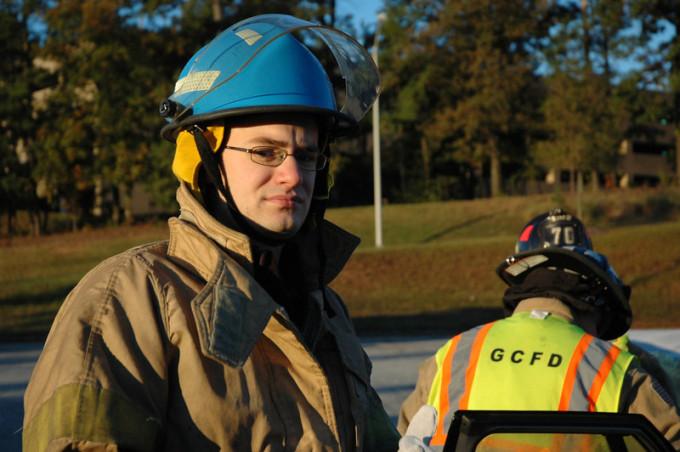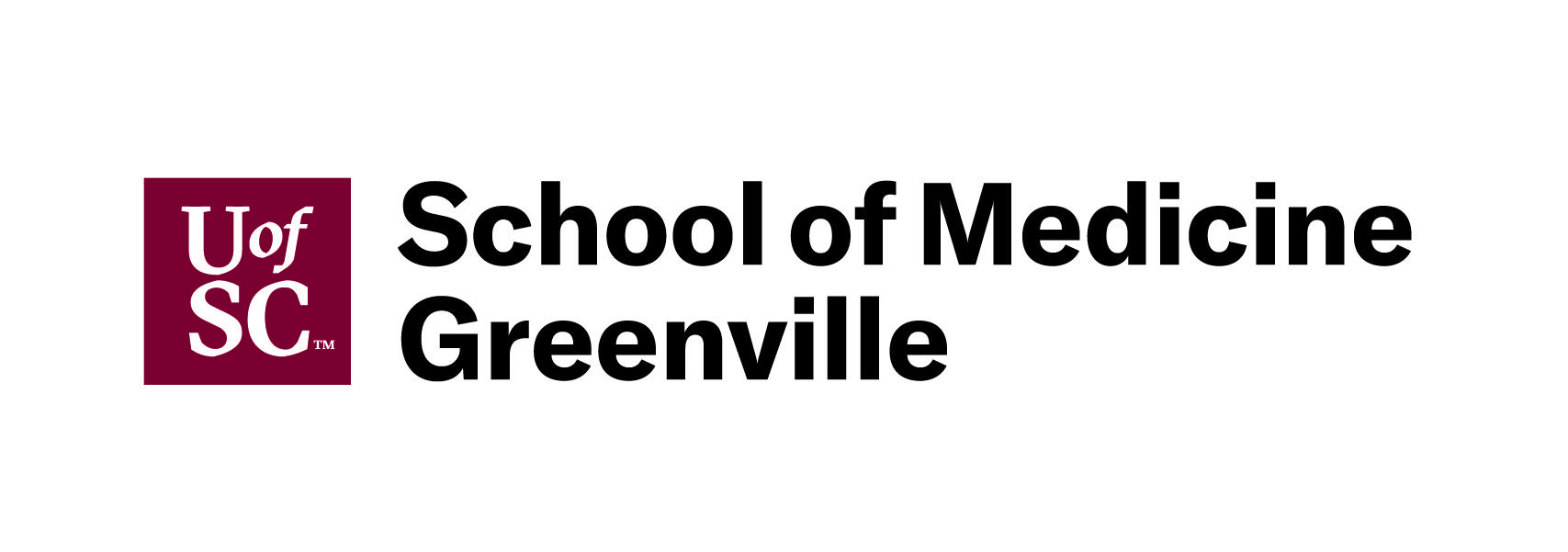
Get the latest articles delivered directly to your inbox!
Our Contributors
Class of 2022
Kyle Duke
Austin Foster
Charlotte Leblang
Ross Lordo
Class of 2021
Dory Askins
Connor Brunson
Keiko Cooley
Mason Jackson
Class of 2020
Megan Angermayer
Carrie Bailes
Leanne Brechtel
Hope Conrad
Alexis del Vecchio
Brantley Dick
Scott Farley
Irina Geiculescu
Alex Hartman
Zegilor Laney
Julia Moss
Josh Schammel
Raychel Simpson
Teodora Stoikov
Anna Tarasidis
Class of 2019
Michael Alexander
Caitlin Li
Ben Snyder
Class of 2018
Alyssa Adkins
Tee Griscom
Stephen Hudson
Eleasa Hulon
Hannah Kline
Andrew Lee
Noah Smith
Crystal Sosa
Jeremiah White
Jessica Williams
Class of 2017
Carly Atwood
Laura Cook
Ben DeMarco
Rachel Nelson
Megan Epperson
Rachel Heidt
Tori Seigler
Class of 2016
Shea Ray
Matt Eisenstat
Eric Fulmer
Geevan George
Maglin Halsey
Jennifer Reinovsky
Kyle Townsend
Join USCSOMG students on their journeys to becoming exceptional physician leaders.

We’re prepared for a pandemic. Are you?
For more than a decade, public health experts have warned that we are long overdue for a global pandemic, one with the power to claim millions of lives in a matter of months.
Such prognostications conjure up images of Chicken Little and cries of “the sky is falling.” In a world of modern medicine, where diseases like smallpox and polio have been virtually eliminated, it’s difficult to imagine that a virus invisible to the naked eye could spread around the world with blinding speed, wipe out huge numbers of people and completely disrupt life as we know it.
It’s also easy to think it can’t happen here in Greenville, SC, let alone the United States. We have the finest doctors and hospitals, immunizations and drugs, and public and private systems designed to protect us.
And yet, the truth is, we are overdue for a global pandemic. Pandemics are scary, in large part because they can happen any time, anywhere, and strike with virulent stealth and strength. Viral hemorrhagic fevers, SARS, various forms of flu, and antibiotic resistant ‘super bugs’ are all possibilities. There is simply no way to determine if a variant strain of influenza or another disease altogether will cause the next pandemic.
Equally frightening is that experts warn there is a growing lack of preparedness to address the catastrophic effects a pandemic would wreak on all aspects of society. Fortunately, the University of South Carolina School of Medicine Greenville isn’t sitting on the sidelines waiting for the proverbial sky to fall. All this week we have been holding a hands-on pandemic preparedness exercise for second-year medical students designed to teach them how to respond to the medical, logistical, and ethical challenges posed by pandemic outbreaks.
Held at the Health Sciences Education Building on the Greenville Memorial medical campus, this true-to-life exercise involves representatives from other stakeholders involved in fighting pandemics. In addition to medical school faculty, infectious disease and emergency medicine specialists from the Greenville Health System, public health experts from South Carolina Department of Health and Environmental Control (SC DHEC) and Region IV Health and Human Services in Atlanta, business leaders from the Greenville Chamber of Commerce, Greenville County government, and non-governmental disaster experts like the Red Cross are working with medical students.
Together we are delving into the shared issues, roles, and responsibilities involved with pandemic response with as much realism as possible. Students, along with expert participants, are addressing issues like vaccine shortages, what to do when a hospital reaches capacity and can no longer accept patients, how to protect physicians and hospital employees from infection, when is a quarantine or social isolation warranted, and how to work with the media.
While this is a fictional exercise, it isn’t fun and games. The threat posed to public health by pandemics is very real.
A plague that occurred in 430-426 B.C. during the Peloponnesian War, brought down Athens, a super power of ancient times. The Black Death in the 14th century killed 75 million worldwide. The 1918 flu pandemic, also known as the Spanish flu, caused an estimated 50 million deaths, many of these among healthy adults. HIV, the virus that causes AIDS, is currently the world’s most active pandemic; the World Health Organization reports 1.7 million people died of AIDS-related illnesses worldwide in 2011.
It would be easy for the USC School of Medicine Greenville to take the traditional approach to teaching second-year students about pandemics via textbooks and lectures. Reading about pandemics is one thing. Living through one, even when it’s a simulation, takes the complexities and seriousness of pandemic response to a whole new level. We expect our pandemic exercise to have a profound effect on our medical students and prepare them to be the physician leaders we’re striving for at the USC School of Medicine Greenville.
Transforming Medical School Blog
Copyright 2021 USC School of Medicine Greenville


